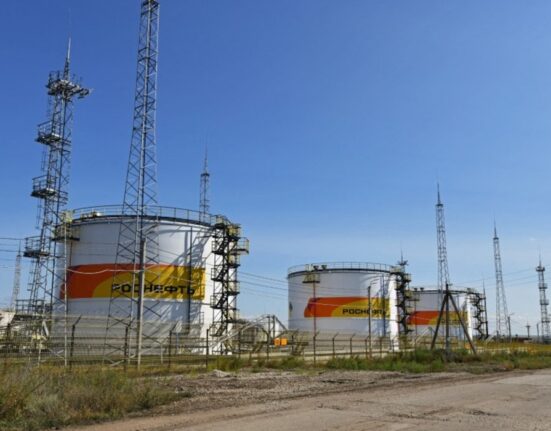Coffee, a beverage that is drunk all over the world and has a market worth billions of dollars, provides an interesting case study of supply, demand, and economic factors. This article seeks to give readers a broad overview of the world’s coffee market by examining its main participants, its problems, and its future prospects.
What is the Global Coffee Market?
After oil, coffee is the second most traded commodity in the world. The International Coffee Organization estimates that around 166.3 million bags of coffee were drunk globally in 2020, demonstrating the enormous size of this business.
Arabica and Robusta are the two most common varieties of coffee beans found worldwide. Nearly 60% of the coffee produced worldwide is Arabica, which is renowned for its mild, smooth flavor. The remainder is made up of more bitter and caffeinated Robusta.
Opportunities in the Coffee Market
Despite these challenges, there are also many opportunities in the global coffee market:
- Premiumization – Consumers, particularly in developed markets, are showing a willingness to pay more for premium, specialty coffees. This trend offers opportunities for value addition and increased profitability.
- Sustainability and Fair Trade – There is a growing demand for sustainably grown and ethically sourced coffee. This trend opens up opportunities for certifications like organic and Fairtrade, which can command higher prices.
- Diversification – There are opportunities for diversifying into different coffee products like ready-to-drink coffee, coffee pods, and flavored coffee.
- Emerging Markets – As mentioned earlier, coffee consumption is growing in emerging markets. Understanding the preferences and behaviors of consumers in these markets could unlock significant growth.
The Significance
The interplay of numerous elements and participants in the global coffee market is complex. The future has many difficulties, particularly those related to price volatility and climate change, but it also offers many intriguing opportunities. The brands and producers who can overcome these obstacles while leveraging changing consumer preferences will be in the greatest positions to succeed in this dynamic market.












